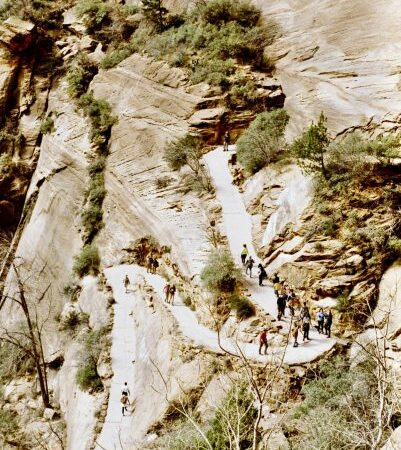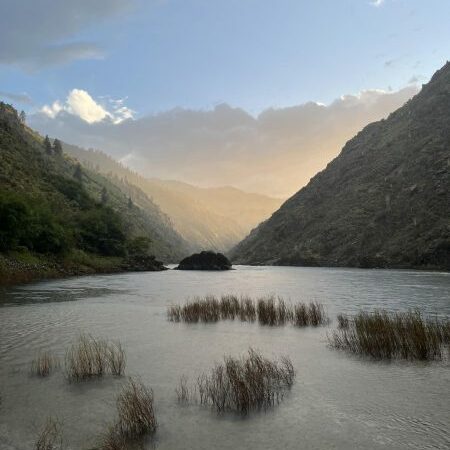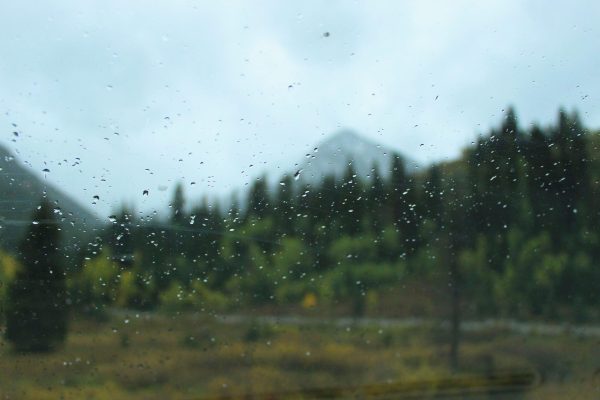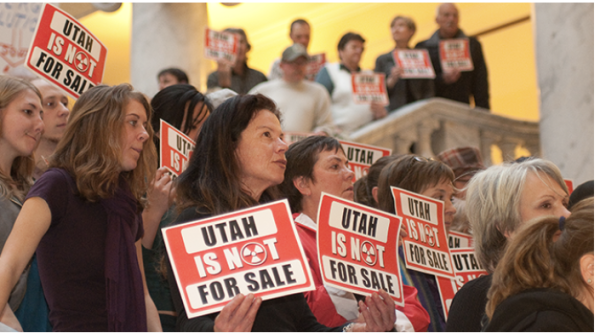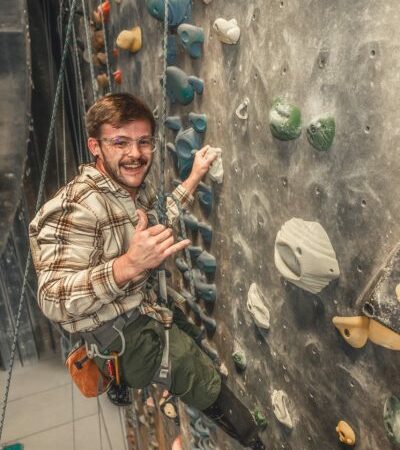When it Snows in the Desert
The most dramatic thing I could think of when the desert came to mind used to be the large thunderstorms that occur in summer months. They blot out the sun and move like an angry nebulous jellyfish flashing lightning and thrashing the land from underneath.
That was the case until I got to see the rocks formations of the desert buried deep in snow.
I always picture snow falling on mountains that look somewhat typical. The topography is sharp; eroded by ice and water to bare rock, carving out horned peaks, ridges and deep glacial valleys. There are trees of course, but always towering and shaggy looking pines and firs.
A sandstone bluff in the high desert being covered in drifts of deep snow is not something I really expected to see anytime soon. Nor are stunted junipers and piñions sticking out of a snowbank. Yet here we are.
The location of these photos is not far from Abiquiu, New Mexico. The bluffs of Abiquiu have the bands of cliffs and sloping fields of rock debris typical of an alpine environment, yet that’s where the similarities stop. Here there were large mesas, chimneys and hoodoos all buried in a healthy layer of snow at least a foot and a half deep.
After hitting the road after a big storm on November 25th, I drove in a near complete whiteout for miles. I most likely missed some incredible shots, but I couldn’t see anything. Then, I got a moment where the sky cleared and I could see.
Getting to this location in deep snow is not the easiest thing to do, and I honestly wouldn’t recommend it. The road is nothing more than a two-lane highway that winds through a few small towns, but is mostly left alone by larger trucks and the majority of traffic. Adding to the problem is the fact that New Mexico is not known for having consistent snowplow service after a storm (this is even a problem in major cities like Santa Fe). Not to mention that at this latitude, fresh snow typically melts onto road surfaces around 7000 feet, and creates a layer of frozen slush. It’s dangerous. Despite the scary road conditions, I took the risk to make the drive, and I got to see something I have never seen before. I am so glad that I did.
This valley I was in separates Carson national forest to the North, and the Jemez Mountains in the South. Abiquiu refers to a spot along the Chama River basin. Over thousands of years, the Chama carved into the layers of volcanic ash, red-yellow and white sandstone to produce what I think are some of the more stunning rock formations in the southwest.
This area is well known for its landscape views and recreation, it was painted heavily by Georgia O’Keeffe and is a favorite tourist attraction in summer months. Many tourists come to hike around and paint scenic things like Cerro Pedernal, a prominent mesa peak in the Jemez. I grew up not far from here and spent plenty of time out here, yet I really had begun to associate Abiquiu with breakfast burritos, mud and fine dusts.
Yet, for me the snow changed the familiar, and put what I knew about a place into a new unexpected context. I think I have an inclination to avoid the discomfort of the cold and misery of adverse weather. It seems so much nicer to sit inside, but in doing so I realized I am missing out on a great bit of fun. I am missing the moments that are unexpected, and I think there’s a high potential for beauty in those moments.
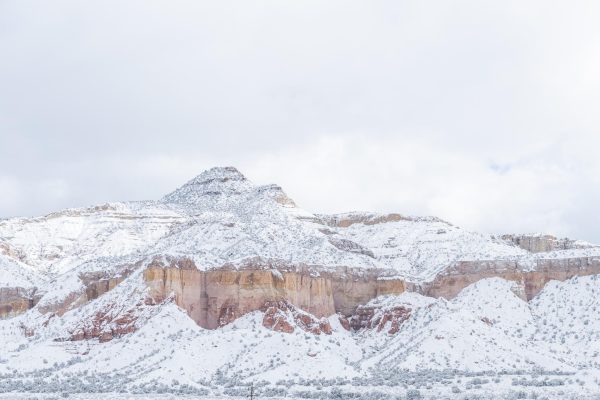
The post When it Snows in the Desert appeared first on Wasatch Magazine.

